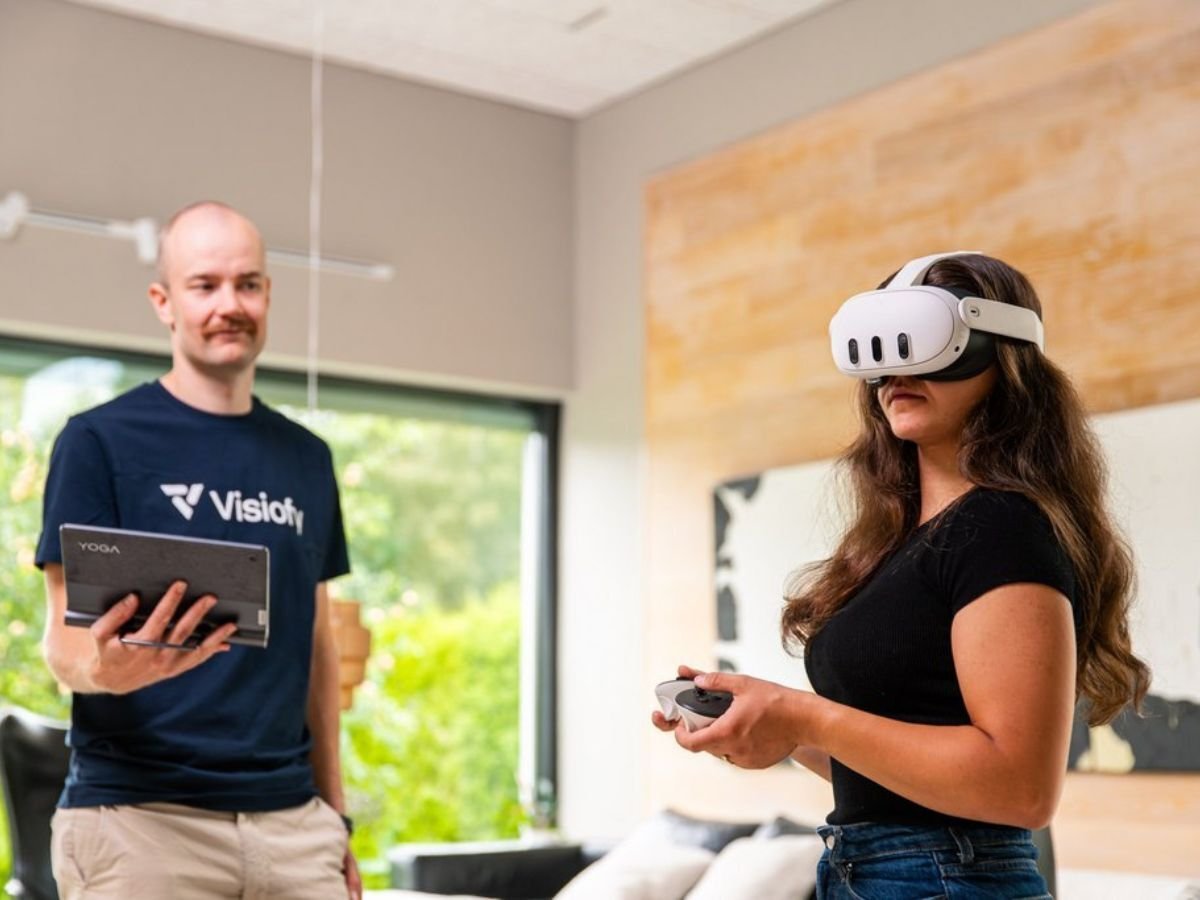
Best VR for Architecture: Top Tools for Immersive Design and Presentations
Virtual reality (VR) is rapidy changing how architects design, review, and present their work. But with so many platforms and tools available — ranging from game engines to browser-based viewers — it can be hard to know which solution is right for your needs.
In this article, we’ll compare the best VR tools for architecture based on use case, technical difficulty, and real-world practicality. Whether you're an architect, homebuilder, or designer, there's a VR workflow that fits your process (and your budget).
What to Look for in VR Tools for Architecture
Before we dive into specific platforms, let’s clarify what makes a VR tool architect-friendly:
-
True-to-scale visualization — Can users experience spaces at 1:1 scale?
-
Easy model import — Can you upload from SketchUp, Archicad, Revit, etc., without complex conversions?
-
Device flexibility — Does it work on desktop, mobile, and VR headsets?
-
Client usability — Can your clients use it with minimal friction?
-
No-code / low learning curve — Does it require Unity or scripting, or can you go from CAD to VR quickly?
Further reading
🔗 CAD to VR: The Complete Guide
🔗 SketchUp to VR: A Step-by-Step Guide
🔗VR Architecture: The Future of Client Communication
1. Visiofy – Easiest Browser-Based VR for Architecture (yeah, we're biased)
Visiofy is a lightweight platform built specifically for architects and homebuilders. It allows you to turn 2D or 3D models into walkable VR experiences — no plug-ins, downloads, or coding required.
Key Features:
-
Supports files from SketchUp, Archicad, Revit (.glb, .obj, etc.)
-
Works in-browser and on Meta Quest headsets
-
Easy sharing via link or QR code
-
Designed for client presentations, real estate sales, and portfolios
🔗 Getting Started with Visiofy: A Beginner’s Guide
🔗 Try Visiofy Free (no credit card needed!)
Best for: Architects and builders who want a fast, user-friendly way to share designs interactively.
2. Enscape – Best for Real-Time Rendering with VR Output
Enscape is a powerful plug-in for Revit, SketchUp, Rhino, and Archicad that allows you to render high-quality visuals and view them in VR.
Key Features:
-
Real-time rendering engine
-
Direct plugin in popular BIM tools
-
VR support for Oculus/Quest, HTC Vive, etc.
-
Great for in-house use and design iteration
Considerations: Requires a decent GPU; not ideal for sharing walkthroughs with clients.
Best for: Design teams with visualization needs and technical hardware in place.
3. Twinmotion – Best for High-Quality Visuals and Animations
Built on Unreal Engine, Twinmotion offers real-time architectural rendering and can output to VR.
Key Features:
-
Great lighting, weather, and animation tools
-
Easy drag-and-drop interface
-
Output to standalone VR viewers
-
Integrates with Archicad, Revit, and more
Considerations: Larger learning curve; not ideal for quick shareable tours.
Best for: Architects who want cinematic visualizations and animation capability.
4. Unity / Unreal Engine – Best for Custom VR Environments
If you need full control, Unity or Unreal Engine gives you total flexibility — but at the cost of complexity.
Key Features:
-
Endless customization
-
Game-quality visuals
-
Supports VR, AR, and mixed reality
Considerations: Requires development experience or a technical team.
Best for: Firms building custom architectural experiences or interactive real estate tools.
5. Matterport – Best for Photogrammetry and Built Spaces
Matterport is a 3D scanning and virtual tour platform used primarily for existing spaces — great for real estate, facility documentation, and renovations.
Not ideal for unbuilt architecture, but useful if you’re blending real-world and digital experiences.
Choosing the Best VR for Your Practice
| Platform | Best For | Skill Level | Viewer Access |
|---|---|---|---|
| Visiofy | Architects, builders, remodelers | Easy | Browser + VR headset |
| Enscape | Design teams + BIM workflows | Moderate | Desktop + VR headset |
| Twinmotion | High-end visuals + animations | Moderate | Export-based + VR |
| Unity | Custom experiences | Advanced | Full control |
| Matterport | Documenting built spaces | Easy | 3D scans only |
Bonus: VR Headset or Not?
You don’t need a headset to use most of these tools. Many support:
-
Browser-based viewing
-
Mobile navigation
-
Desktop mouse/keyboard walkthroughs
But if you want full immersion for client presentations or trade shows, Meta Quest or HTC Vive headsets elevate the experience.
Final Thoughts
The “best” VR for architecture really depends on your workflow, technical ability, and goals. For many, the ideal setup is lightweight, shareable, and easy for clients to access — and that’s exactly where Visiofy shines.
Whether you're preparing a design critique, pitching a home, or building your portfolio, immersive VR lets you communicate with clarity and creativity — and stay ahead of the curve.

